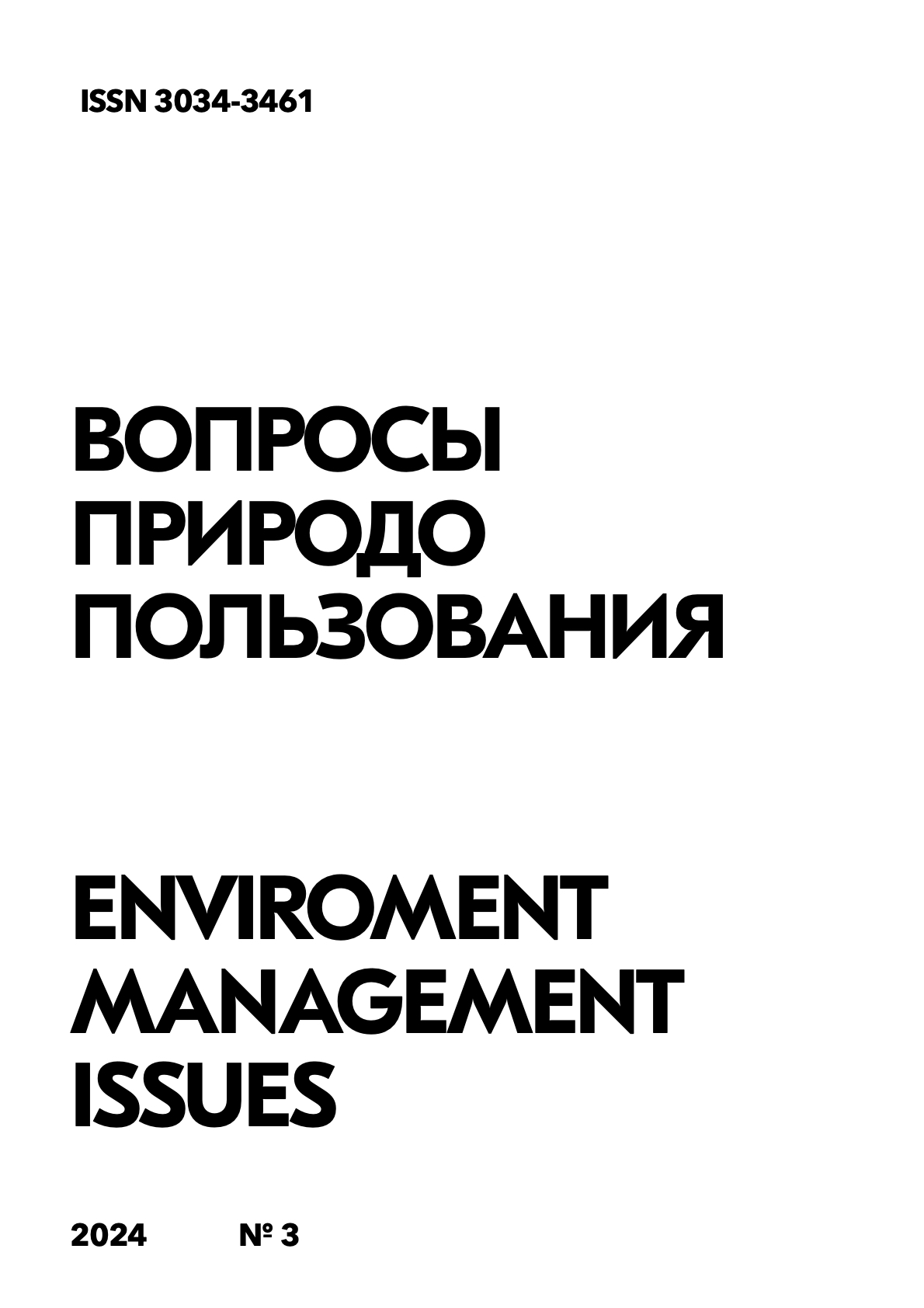Research on adaptive sliding mode control methods to improve the efficiency of brushless motors in industrial applications
Keywords:
аdaptive mode, Sliding control mode, valve motor, motor control, electric motorAbstract
The article is devoted to the development and analysis of an adaptive sliding control mode of a synchronous valve motor (SVD) based on the IMRAD structure (Introduction, Methods, Results, and Discussion). The study examines the importance of creating effective and reliable control systems for SVD used in industry, transport and other applications, with an emphasis on the need to adapt and increase the stability of control under changing loads and external disturbances. This aspect is relevant for the development of modern electrical installations and achievements in the field of electromechanics. The article discusses in detail the application of the sliding control mode (SRU) for the SVD; describes the basic principles of SRU, ensuring high stability and performance of the system. Real-time adaptation algorithms aimed at adjusting the parameters of the SRU to account for changes in the dynamics of the system and external factors are presented. Mathematical models were used to formulate and analyze adaptive algorithms, which makes it possible to significantly refine the data and increase the accuracy of predictions. Graphs and tables illustrating the dynamic behavior of the SVD under various operating modes and perturbations are presented, as well as the results of modeling and experimental studies conducted to confirm the effectiveness of the proposed adaptive SRU. A comparison with traditional management methods has been carried out, which allows us to see the advantages of an adaptive approach for speed, stability and efficiency. The article summarizes the results obtained, emphasizes the achievement of a significant improvement in the characteristics of the SVD control through the use of an adaptive sliding mode, and provides recommendations for the practical application and inclusion of the developed methods in existing industrial processes. In conclusion, the prospects for further research and possible ways to optimize the proposed methodology are outlined.
References
Гребенкин А.В., Кербер О.Б., Лушников А.А. Применение технологии виртуальных летных испытаний в исследовании энергетических методов траекторного управления // Навигация и управление летательными аппаратами. 2021. № 2(33). С. 18-51.
Иванов К., Сұлтан А., Койлыбаева Р. Кинематический и силовой анализ адаптивного зубчатого вариатора с дополнительной фрикционной связью // Вестник Казахской академии транспорта и коммуникаций им. М. Тынышпаева. 2022. № 2(121). С. 219-229.
Иванов П.Ю., Дульский Е.Ю., Корсун А.А., Осипов Д.В. Алгоритм адаптивного управления тормозным нажатием пассажирского подвижного состава // Транспорт: наука, техника, управление. Научный информационный сборник. 2022. № 5. С. 60-64.
Мэн, Ц. Адаптивное управление в скользящем режиме углом поворота вала двигателя / Ц. Мэн, К. А. Неусыпин // Автоматизация. Современные технологии. 2024. Т. 78. № 5 С. 195-200.
Олейников К.А., Заруцкая Т.А. Синергетический синтез адаптивного закона управления силовой установкой электромобиля с синхронным двигателем // Практическая силовая электроника. 2022. № 2(86). С. 42-48.
Похачевский А.Л., Селиверстова В.В., Глушкова Е.П. Адаптационное обеспечение физического качества «выносливость» // Теория и практика физической культуры. 2021. № 1. С. 19.
Сиухин А.А., Карпушкин С.В., Алексеев В.В. Построение модели системы адаптивного управления средствами имитации нагрузок беговых тренажеров // Системы управления и информационные технологии. 2021. № 3(85). С. 88-94.
Ivanov K.S., Alipbayev K.A., Kosbolov S.В., Yermoldina G.T. Adaptive Transmission for unmanned mobile system / // Вестник Казахской академии транспорта и коммуникаций им. М. Тынышпаева. 2021. No. 4(119). рр. 133-141.
Published
How to Cite
Issue
Section
License

This work is licensed under a Creative Commons Attribution-NonCommercial-NoDerivatives 4.0 International License.




